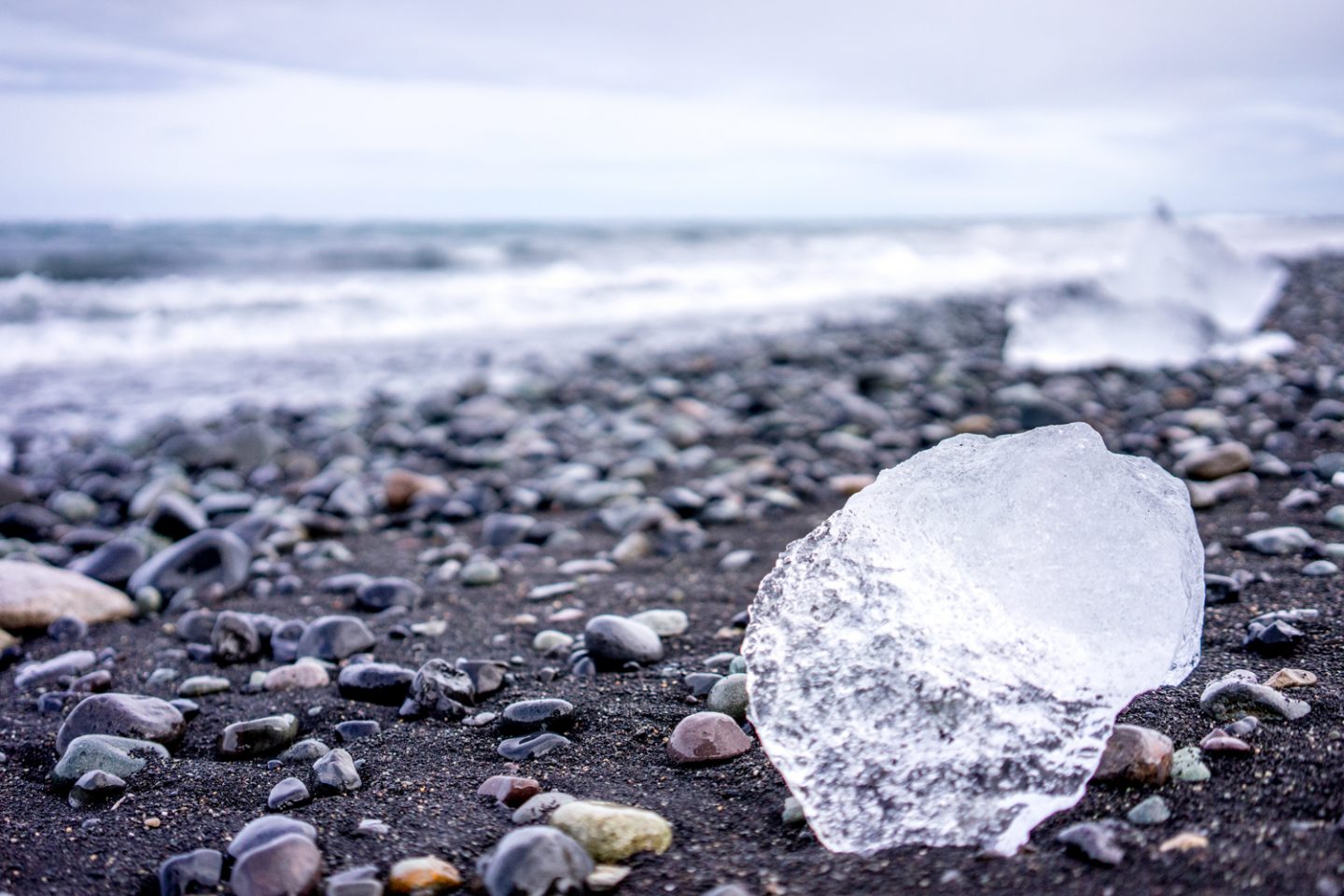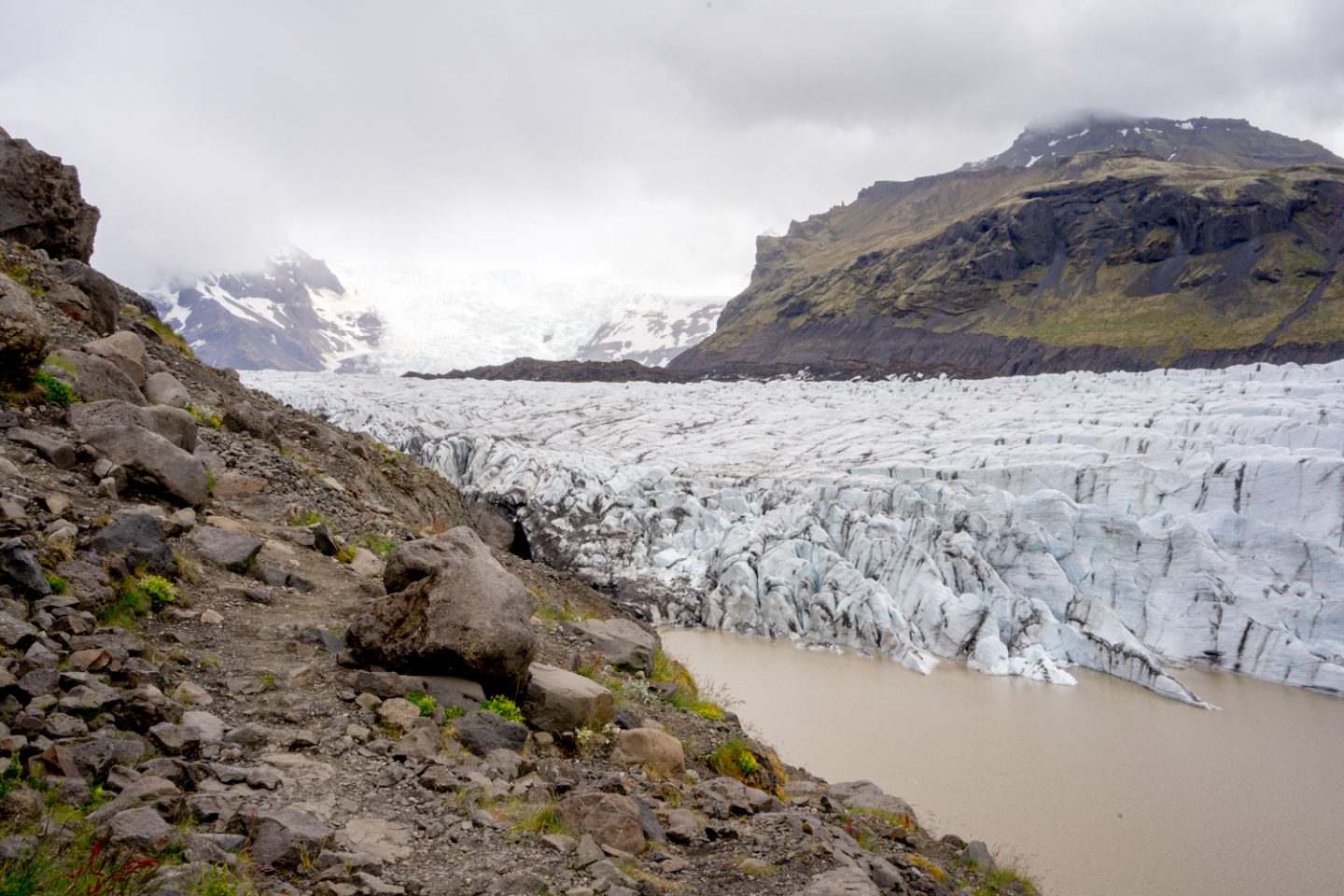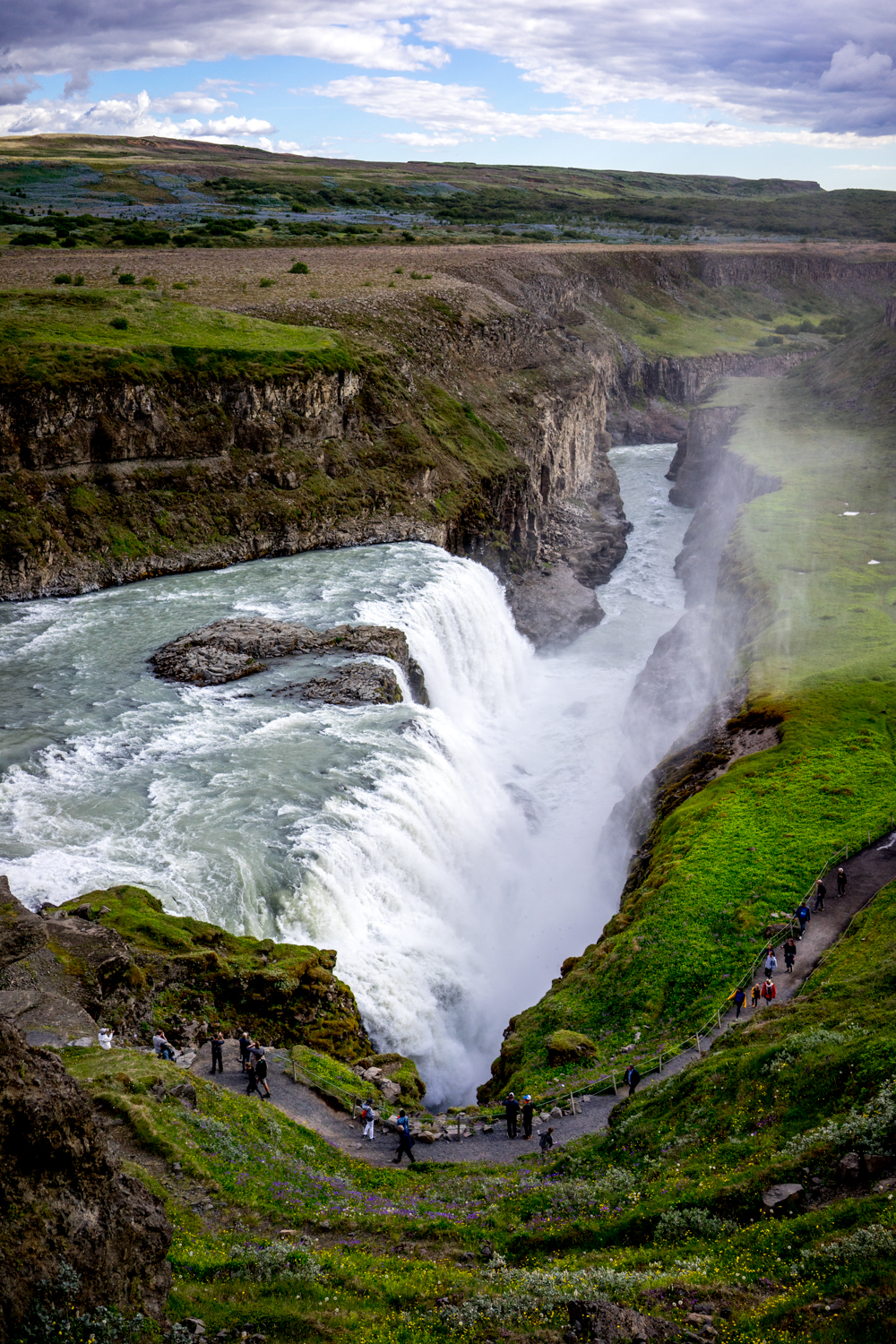
Iceland’s endless summer sun

Flying into Iceland, a glance out the plane window immediately tells you this place is very different: Iceland’s international airport is on the Reykjanes Peninsula, a gigantic, undulating lava flow.
Black lava flows like this are visible all over the country, dotted with vivid green moss, occasional human structures and, of course, ice. They are young in geological terms, yet ancient on our historical timescale.
And while the Northern Lights of an Icelandic winter are famous, there is another remarkable meteorological event hiding in the plain sight of the Icelandic summer. That is, the ever-present burning ball of hydrogen lighting the sky 24 hours a day: the never-ending midsummer sun.
Summer in Iceland is a time of almost inescapable light. Particularly around the period of the summer solstice, the sun only dips below the horizon for a few hours, leaving a bright twilight in its wake before it reappears. Driving and camping through the endless light, combined with those unique landforms, is a deeply memorable experience.
At times, the abundance of light is incredibly convenient – say for making a late dinner at a campsite or enjoying stunning views even at night. It can also be quite disorienting. Pack an eye mask.
Iceland is larger than one might expect, stretching over 100,000 square kilometres (Tasmania is about 68,000 square kilometres). Eight per cent of that area is covered by Vatnajökull, Europe’s largest glacier, running to a kilometre’s thickness in some areas. It sits perched upon a series of active, simmering volcanoes, ready to spew fresh lava flows sometime in the (geologically) near future.
Glaciers such as this are shrinking as the climate changes, but Vatnajökull’s glacier tongues, which snake downwards carving mountains to pieces over the course of millennia, remain awe-inspiring.

Iceland is also a place of stark contradictions. Its capital city Reykjavik, where the sleek Harpa concert hall sits and citizens strut dressed in sharp Nordic style, feels thoroughly modern. The countryside sometimes feels more pre-industrial, though, with red-roofed churches looming above villages. Sheep and shaggy Icelandic horses roam about with those glaciers, mountains or waterfalls as a backdrop.
Days of driving along Iceland’s south coast reveal these sights, along with apocalyptic-looking black beaches, volcanic spires reaching out of the surf, or bright green canyons split by thundering waterfalls.
The ‘glacier lagoon’ of Jokulsarlon is stunning. Here, in a huge bay at the bottom of the Vatnajökull glacier, icebergs mope through the water while seals, birds and tourists in boats dart across its surface. Once the ice makes it to the ocean and has broken up, fragments wash up on Diamond Beach, where they roll like crystals on the black sand.
Standing on a black beach at 10pm in daylight, watching diamonds tumble from the surf is a distinctly surreal experience.
Another fascinating location is Thingvellir, where Vikings established Iceland’s parliament – the longest continually operating parliament on Earth – 1000 years ago, and the tectonic plates of North America and Europe collide, creating dramatic fissures in the land. Here tales of gnarly punishments meted out by early Icelandic governments sit in stark contrast to that sun-drenched natural beauty.
With only 340,000 or so people on the island, Iceland’s population is spread thin outside the cities, making the land beyond Reykjavik ideal for wild and adventurous road trips. Many Icelanders profess a love for the outdoors, with the likes of golf, hiking and off-roading being popular pastimes.

Reykjavik itself is full of curious and vibrant Icelandic culture, and, in summer, that culture blooms.
Its bars, breweries, restaurants, shops, museums and the Harpa concert hall all go to work accepting tourists and Icelanders alike. Two particular highlights are the National Museum of Iceland and the Iceland Phallological – or Penis – Museum.
The former brilliantly recounts the country’s history, from Viking colony to Danish territory to republic. The latter is one man’s running joke turned museum, replete with dozens of dismembered members, and a hilariously bizarre audio tour (“The family living room became increasingly crowded with amputated phalluses…”).
A music festival takes place on the summer solstice each year. The Secret Solstice has waxed and waned over the years, with acts such Radiohead topping the bill, while this year Pussy Riot headed the lineup. It is again a curious experience, dancing into a midnight that could just as well be midday, and a reminder that there is really no place like Iceland.
